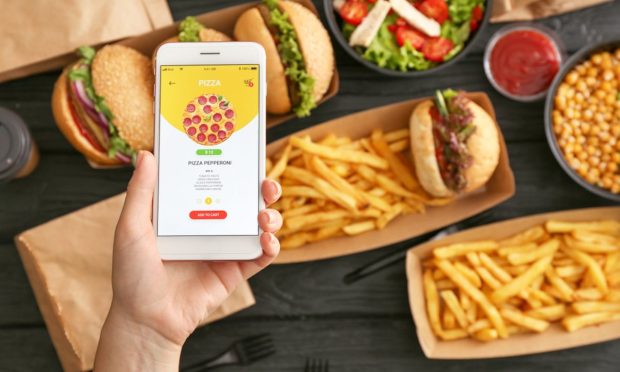Diners Retain Tech-Fueled Approach as Pandemic Wanes

Diners are returning to their favorite restaurants as the omicron variant of the coronavirus continues to fade into memory, but the way they’re coming back is far different in most cases than how they visited before the COVID-19 pandemic began two years ago.
Rather than coming in cold and sitting down at the table for a casual meal, many restaurant patrons have continued to use the pandemic-necessitated approach of ordering their food from apps or at the drive-thru, a transformation that’s forcing many restaurant chains to adjust to this seemingly permanent shift that was once thought to be temporary until things returned to “normal.”
Quick-serve restaurants (QSRs) have had to recalibrate their operations to accommodate a 25% to 35% increase in drive-thru sales, for example. Savvy restaurant owners saw this coming a while ago, though. An August 2021 report found that roughly half of businesses, including restaurants and bars, had begun offering new products and services to adapt to customers’ changing needs.
“Many diners have grown accustomed to tapping a few buttons on a mobile app to have their favorite burgers, fries or tacos delivered or prepared for pickup,” according to the February 2022 edition of PYMNTS’ Order to Eat Tracker.
“Even customers who have returned to dining indoors still expect restaurants to offer the latest contactless tools and innovations,” according to the tracker. “Many chains have turned to in-store technology to facilitate these experiences for their customers, including user-friendly ordering and payment kiosks and QR code-based menus that customers can access via mobile device.”
In the latest Order To Eat Tracker®, a PYMNTS and Paytronix collaboration, PYMNTS explores the latest news and trends in the order-to-eat space, including how consumers’ digital expectations are driving restaurants to enhance their payment and ordering experiences.
It also examines how QSRs are turning to innovations such as QR codes, self-service in-store kiosks and mobile-oriented loyalty programs to keep customers coming back.
The pivot to digital technology appears to have staying power, according to a recent PYMNTS survey, which found that consumers were much more likely to order from their favorite restaurants online or via mobile devices — and use contactless ordering and payment options — than they were before the pandemic started.
Forty percent of our survey respondents said having access to online ordering tools would make them more inclined to order from a specific restaurant. The same survey found that 30% of QSR patrons have at least one restaurant-specific app on their phones, and roughly 20% of customers indicate that online ordering or payment features would make them more likely to spend money at a restaurant.
PYMNTS research also showed that consumers who leverage a greater number of digital devices are more likely to seek out restaurant technologies and be satisfied with the eateries that offer them. Restaurants that offer a suite of digital ordering and payment features are much more likely to encourage these digitally savvy patrons to actively use loyalty programs.
High-tech consumers tend to own 11.8 devices on average, including smart TVs, gaming consoles, tablets and other tech tools, compared to 2.8 devices for so-called low-tech consumers, with those likely to be smartphones and computers.
About 30% of bridge millennials and 27% of millennials are considered technology enthusiasts, meaning they’re inclined to spend more at restaurants that offer nine or more digital options. By comparison, only 14% of baby boomers and seniors are classified as technology enthusiasts.
To learn more about what customers want in their order-to-eat experience, download the Order To Eat Tracker® here.
